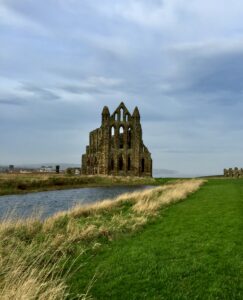Guy, one of the founders of the “British Pilgrimage Trust” (https://britishpilgrimage.org), tells me he comes from a religious background and his parents took him for walks (but he confesses that he didn’t really like walking when he was a kid: “I was always wondering when we were getting back for lunch.”) But he always loved nature and felt a connection to churches.
A turning point in his life was a pilgrimage with his friend William Parsons that took a song back to the place it came from. A combination of medieval minstrel life, pilgrimage, time travel, nature experience and walking. The experience was overwhelmingly positive, and all about the project can be found here: https://wayfaringbritain.com/things-done/hartlake-bridge.
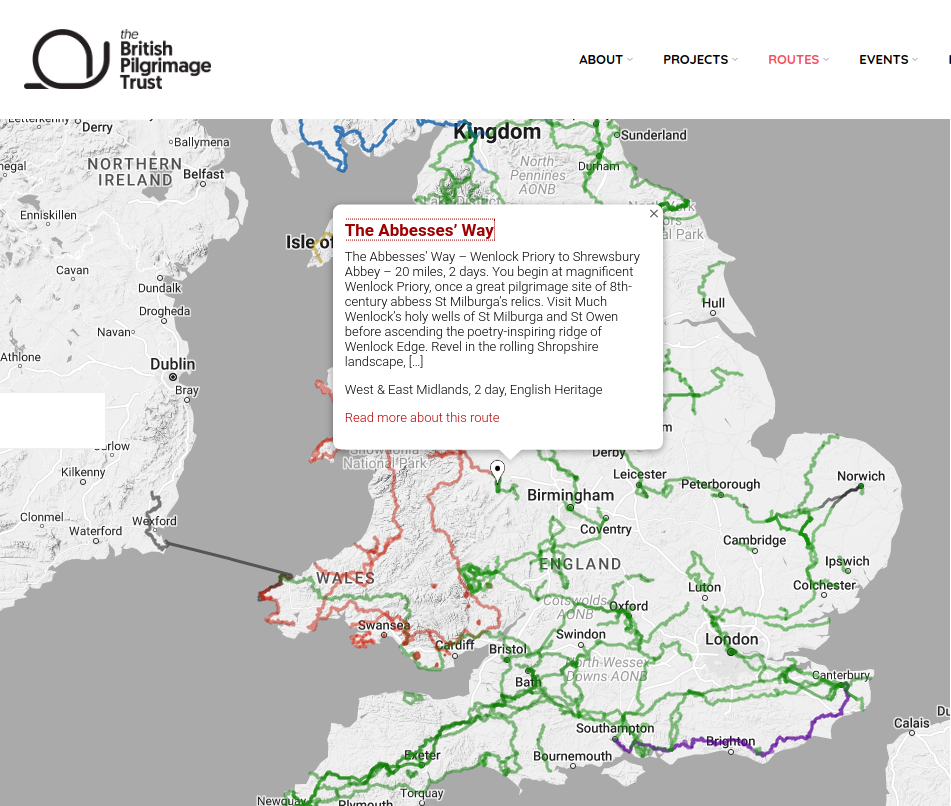
What Will and Guy had in mind when they set up the “British Pilgrimage Trust”, was a resource for everyone interested in the physical movement through nature, connecting points on a route, such as churches, wells or otherwise special places. One of the project’s objectives was the idea that “this is a practice that can bring together people, whatever they believe… I just thought: this is what the world needs.” The project achieved, so far, to create a comprehensive resource for everyone interested to connect to other people, exploring beautiful, sometimes “magical” places and finding accommodation in various locations. The benefits for mind and body of such a journey are now even more important with the COVID-19 pandemic still on our minds. Over the past years, many people rediscovered the fantastic and beautiful landscapes, sites and stories Britain has. Guy points out that pilgrimage has many benefits, individually and in your relationships with other people and nature. “Walking”, Guy tells me from his own experience, “changes the quality of your conversation and the same for your individual mind. It frees it up a bit.” Reconnecting to nature and the physical aspect is another important benefit of modern pilgrimage in a daily routine dominated by computers and desk work for many people. The beauty in this activity for Guy is that you do not have to complete a task. The journey and the experience are the ultimate goal, not a given task. Guy argues that “if you know why you are doing it, there is perhaps no point in doing it. Perhaps we shouldn’t be doing it at all, but that leads us nowhere, and most of us want to open up to discover something new.”
I love the legends, mythical stories, and tales of which Britain is so rich. So, I have to ask Guy if he believes in the concept of “genius loci” – the spirit or quality inherent in a place. Guy tells me that he learned this week “that England has the most continuous, and deepest and richest magical tradition in the world.” It is the stories, folklore and mythology that is present in the diverse and rich landscape of this land surrounded by sea. “I don’t know where the magic comes from – and some people call it the spirit of a place – no one knows what that is, but people feel it. A place can speak to people.”
Many legends and wondrous stories are connected with the Anglo-Saxon female saints on our map, and you can find some in the other blogs. I hope to focus with the next blogs on some of the legends and show how the stories of the female saints formed. Sometimes, the legends were created and used to corroborate the royal family’s standing and hereditary status, and claim of lands. In other cases, stories that were popular culture at that time were mixed up with various saints. Legends and cults were used to manipulate or win support among the people. Hagiography – a written account of the life of a saint – often fills in elements of folklore where there are gaps in the historical tradition.


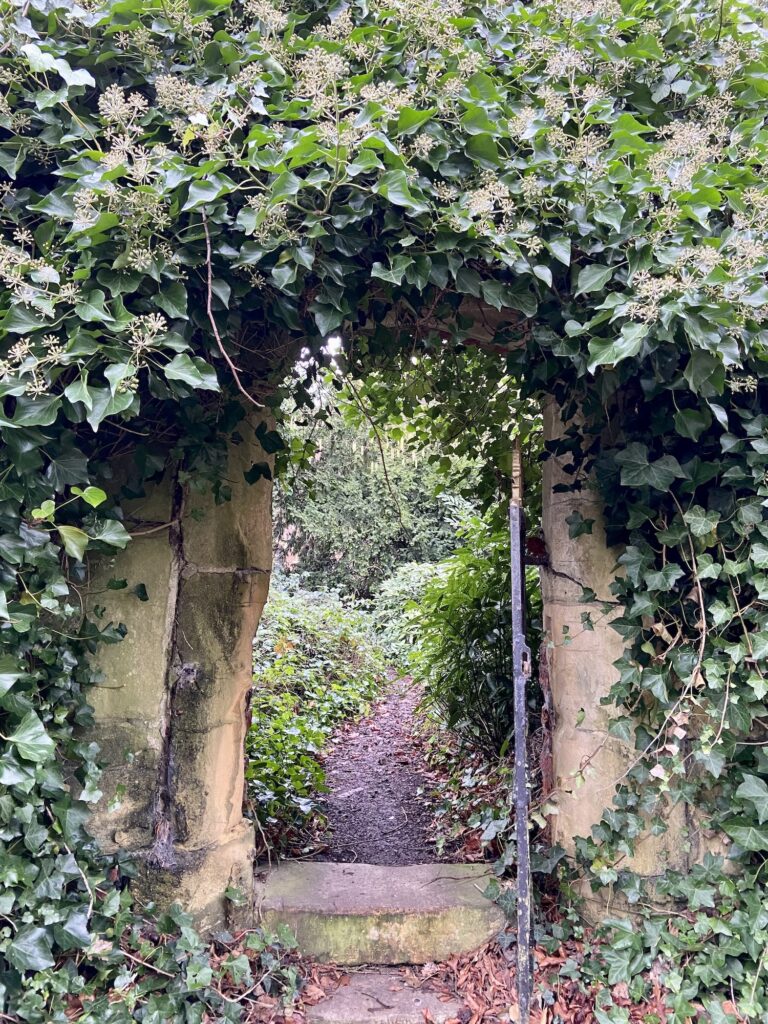
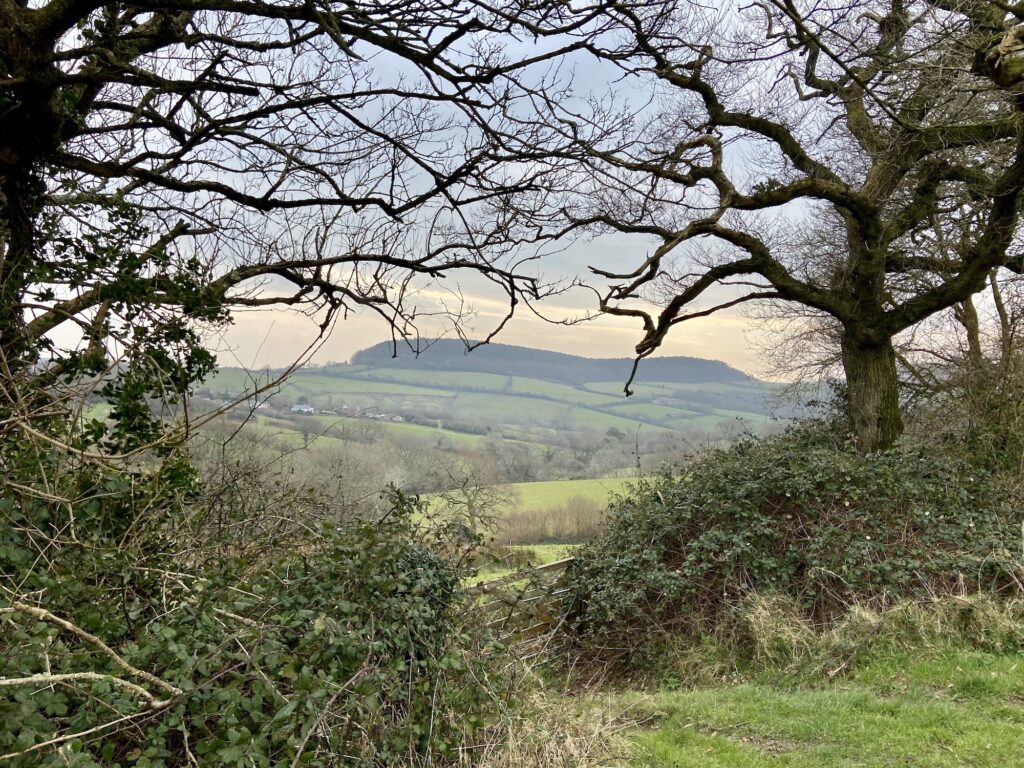

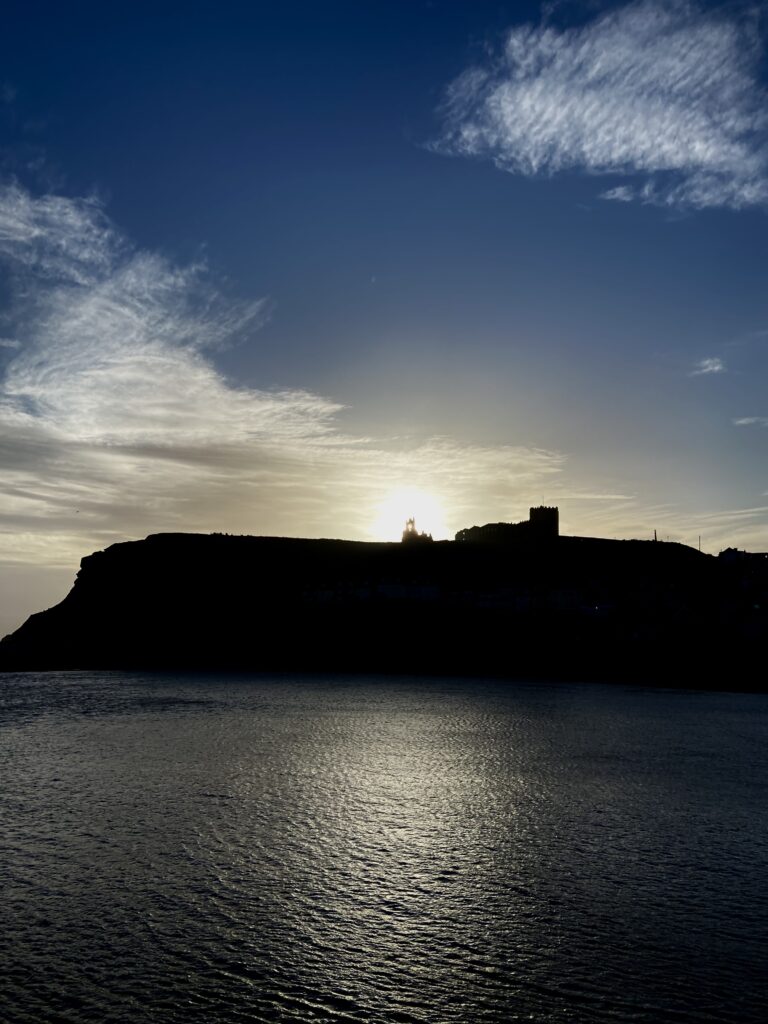
Our hope is that with the two resources – Venerated Women and British Pilgrimage – we can engage more people to explore the local saints, legends, churches, wells and springs, historic and prehistoric places, landmarks and natural features and connect them on a route to share their rich local knowledge of the saints and the landscape with people across the world. If you would like to create a pilgrimage route or provide accommodation for pilgrims, please get in touch with Guy on his website. Let us know how you think the saints, places, landscapes and buildings still inspire people today.
I hope you enjoyed the first blog in the new year. Stay tuned for more on legends, facts and events over the coming months.
References
Rollason, D.W. (1989) Saints and relics in Anglo-Saxon England. Oxford: Basil Blackwell.
Thacker, a. and Sharpe, R. (2002) Local saints and local churches in the early Medieval West. Oxford: University Press.
York, B. (2003) Nunneries and the Anglo-Saxon royal houses. London: Continuum.



